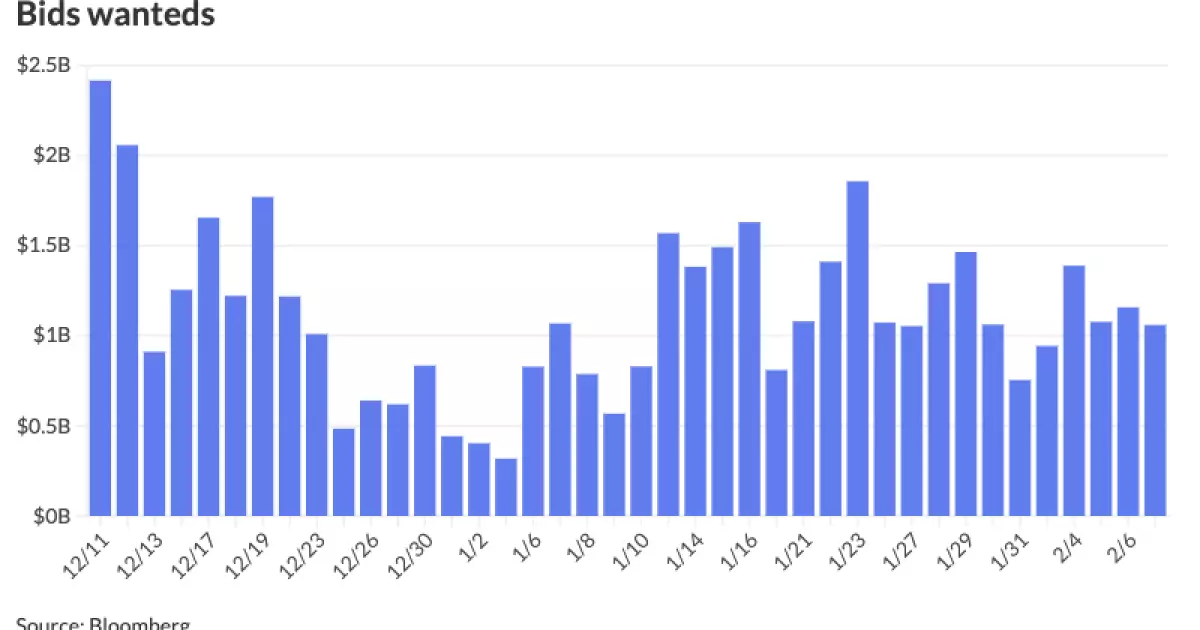The municipal bond market has experienced a notable period of stability and growth at the start of the new year. This article will delve into the recent performances, economic influences, and ongoing trends that are shaping the municipal bond landscape in early January 2024.
At the beginning of January, municipal bonds exhibited a stable performance as the market renewed its focus on potential gains after a challenging December. Overall municipal returns showed a modest increase of 0.43%, elevating year-to-date gains to 0.94%. This turnaround is significant as December saw a decline of 1.46%, highlighting the contrasting dynamics within the market. Analysts like Jason Wong from AmeriVet Securities underscore this rebound, noting the gradual recovery that has pushed December’s disappointing results to the background.
The underlying factors contributing to this positive momentum include reduced economic volatility and a new issue calendar aligned with seasonal reinvestment trends. Participants in the market exhibited cautious optimism, with trading activity reflecting this sentiment. The week under analysis observed increased engagement from investors, as reflected in a 26% rise in dealer sales, indicating an upward trend in market confidence and activity.
A critical aspect of the municipal bond market’s performance is its relationship with U.S. Treasury (UST) yields. The current two-year municipal to UST ratio stands at 61%, with the figures for five-year and ten-year bonds slightly higher at 62% and 65%, respectively. This narrowing of the ratios indicates a relative improvement, particularly for shorter maturities, as investors seek attractive returns amid fluctuating UST rates.
In contrast, longer-term bonds have seen an increase in yield ratios, with 30-year munis suffering a relative deterioration of nearly four percentage points compared to USTs. This movement suggests a potential shift in investor preferences, as many are drawn to shorter durations that may be perceived as less risky. The market is increasingly attractive to long-term investors, with approximately $2.8 billion flowing into long-end municipal mutual funds just this year.
Investors’ choices reflect an overarching trend toward high-yield and long-duration strategies, spurred by credit-spread compression and steep muni yield curves. The demand for these strategies emphasizes the need for adaptive investment approaches within an evolving economic landscape.
Strong demand dynamics are evident in the massive inflows to municipal bond funds, exceeding $5.2 billion in combined mutual fund and exchange-traded fund investments in early 2024. A significant portion of these inflows—40%—is directed toward high-yield strategies, while long-duration investments account for 62%. Such data points signal investors’ growing appetite for stability and income during uncertain economic times.
Daryl Clements of AllianceBernstein points out that these shifts towards specific investment strategies highlight the ongoing credit-spread compression and its effects on overall market performance. The appetite for well-structured municipal investments appears insatiable, which may suggest sustained growth in the sector as investors weigh risks against prospective rewards in the municipal space.
As the week progresses, various major deals are slated for the municipal bond market, which heralds a busy calendar for issuances. For instance, the New York City Transitional Finance Authority plans a significant pricing event for $1.659 billion in future tax-secured subordinate bonds. Other notable transactions include significant revenue bonds from Hawaii and Ohio, demonstrating robust participation across a diverse set of issuers.
These upcoming issuances reflect a healthy appetite for municipal bonds in various sectors, signaling confidence from both issuers and investors. This busy pipeline not only reinforces the stability exhibited in the market but also highlights the importance of strategic investments in financing critical public projects.
The municipal bond market’s strong performance at the beginning of 2024 encapsulates a broader positive sentiment amongst investors. With a rebound from December’s declines, improving yield ratios, massive inflows, and an active issuance calendar, the current environment appears conducive to sustained growth in the sector.
As investors navigate the complexities of the financial landscape, the role of municipal bonds in providing stability, income, and opportunities for capital appreciation grows increasingly important. It will be critical to monitor how these trends develop over the coming weeks, as they will shape investment strategies well into the future.


Leave a Reply